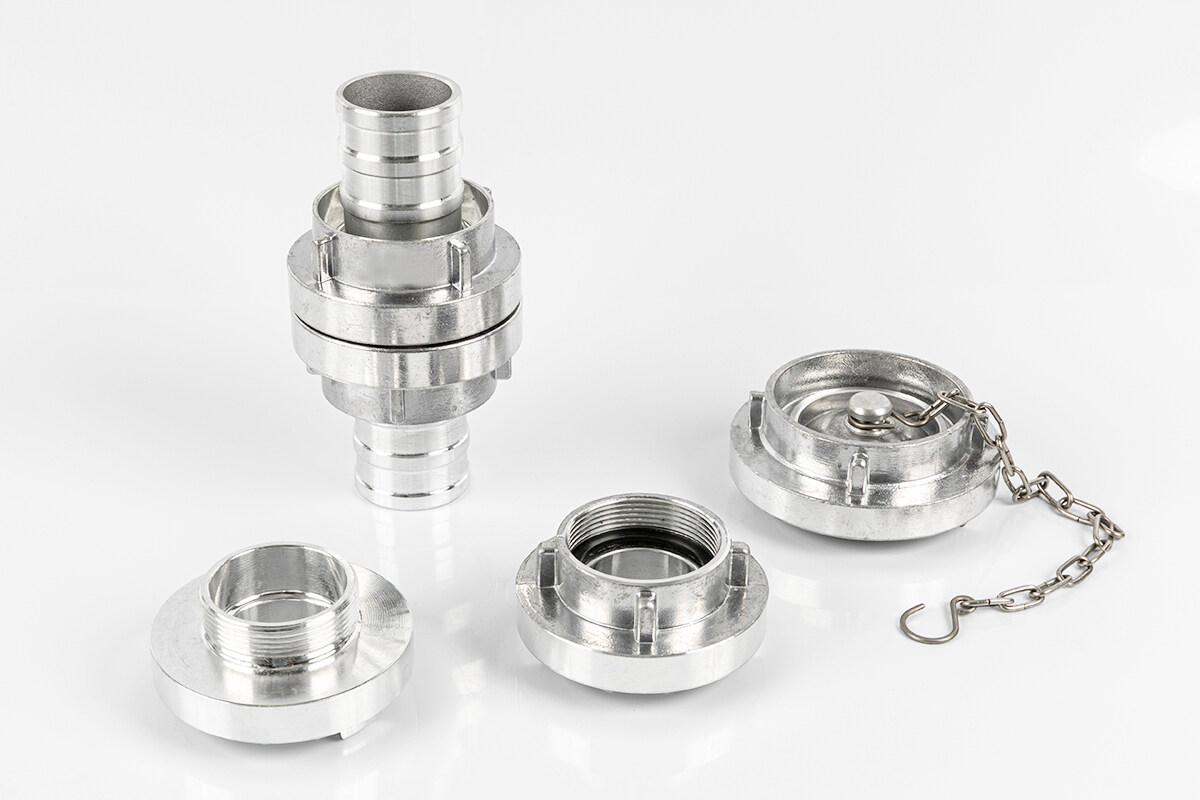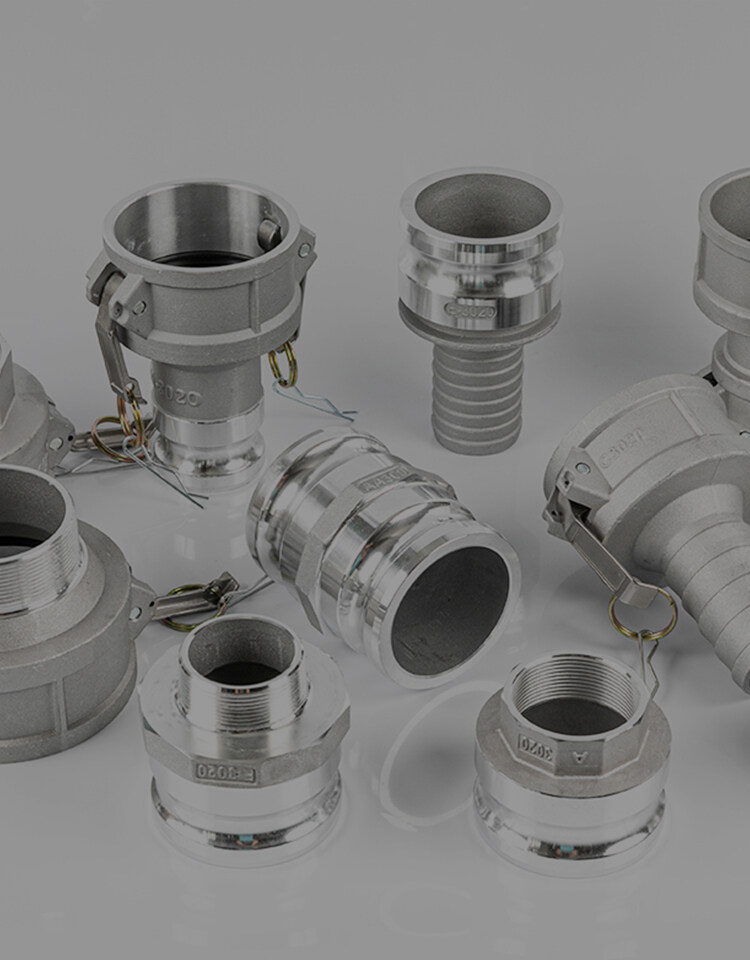Email format error
Email cannot be empty
Email already exists
6-20 characters(letters plus numbers only)
The password is inconsistent
Email format error
Email cannot be empty
Email does not exist
6-20 characters(letters plus numbers only)
The password is inconsistent

News
Here, you can describe a piece of text you want to express

Exploring Various Reducer Couplings for Optimal Performance
Introduction:
In the dynamic landscape of industrial operations, selecting the right components for fluid systems is crucial for ensuring efficiency and reliability. One such critical component is the reducer coupling, a versatile solution for adapting different pipe sizes and materials. In this blog, we'll delve into various types of reducer couplings, including copper reducer coupling, rubber reducing coupling, silicone reducer coupler, concentric reducer coupling, CPVC reducer coupling, intake reducer coupler, and pipe reducing coupling. Whether you're involved in manufacturing, construction, or any industry that relies on fluid systems, understanding these components is essential for seamless operations and long-term success.
Copper Reducer Coupling:
Copper reducer couplings play a pivotal role in connecting pipes of different diameters, particularly in applications where corrosion resistance is paramount. These couplings are ideal for industries that require durable and reliable connections, such as plumbing and HVAC systems.
Rubber Reducing Coupling:
For applications where flexibility and vibration absorption are crucial, rubber reducing couplings shine. These couplings are known for their resilience and adaptability, making them an excellent choice in environments where movements and vibrations are common, such as machinery and equipment installations.
Silicone Reducer Coupler:
Silicone reducer couplers are prized for their high-temperature resistance and durability. Industries dealing with extreme temperature variations, such as automotive and aerospace, benefit from the reliability and longevity offered by silicone reducer couplers.

Concentric Reducer Coupling:
In applications requiring a smooth transition between two pipes of different sizes, concentric reducer couplings excel. Their symmetrical design ensures an even flow of fluids, making them indispensable in chemical processing plants and other precision-focused industries.
CPVC Reducer Coupling:
Chlorinated Polyvinyl Chloride (CPVC) reducer couplings are favored for their resistance to corrosive chemicals and high temperatures. Industries handling aggressive chemicals or requiring elevated temperature tolerance, such as water treatment facilities, find CPVC reducer couplings to be a valuable asset.
Intake Reducer Coupler:
In automotive and industrial machinery, optimizing air intake is crucial for efficient performance. Intake reducer couplers facilitate this by seamlessly connecting various intake components, ensuring a smooth and regulated airflow for enhanced engine efficiency.
Pipe Reducing Coupling:
General-purpose pipe reducing couplings are versatile solutions that find application across diverse industries. Their adaptability to different materials and sizes makes them indispensable in various fluid system configurations, ensuring a reliable and leak-free connection.
Conclusion:
Selecting the right reducer coupling is paramount for the success of industrial fluid systems. Whether you're aiming for corrosion resistance, flexibility, high-temperature tolerance, or adaptability, there's a specific type of reducer coupling tailored to meet your requirements. By understanding the unique features of copper, rubber, silicone, concentric, CPVC, intake, and general-purpose pipe reducing couplings, you can make informed decisions that contribute to the efficiency and longevity of your industrial operations.

